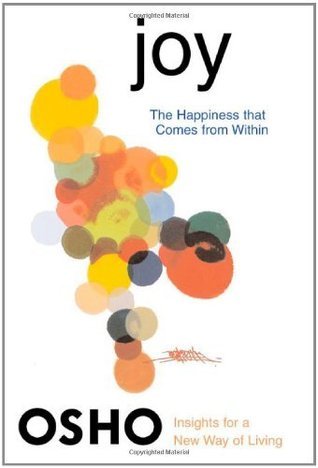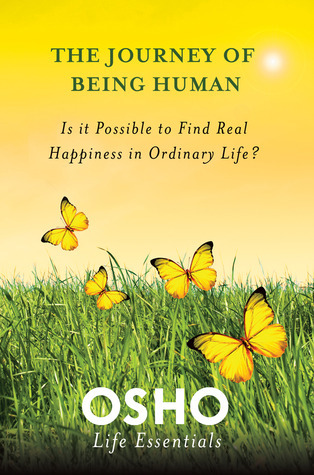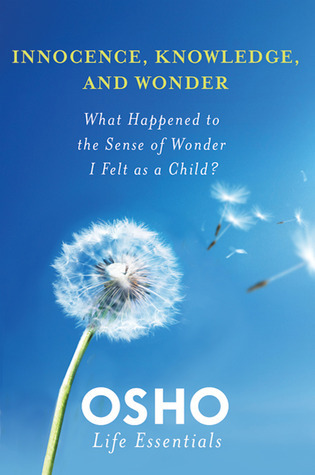
Joy: The Happiness That Comes from Within
Book Description
Unlock the door to a radiant inner world where happiness is not a fleeting moment but a constant state of being. Osho dives deep into the essence of joy, revealing how it blossoms from within rather than in external circumstances. Through poignant insights and transformative teachings, the journey explores the tangled web of societal expectations, the art of mindfulness, and the liberation of the spirit. Embrace the unfolding of your true self and discover the profound tranquility that comes from realizing joy is a choice, not a destination. Are you ready to redefine what it means to be truly happy?
Quick Book Summary
In "Joy: The Happiness That Comes from Within," Osho unravels the layers that cloud our innate happiness, pointing readers away from the pursuit of fleeting pleasures and toward a deeper, enduring sense of joy. He contends that joy is intrinsic, resting not on external achievements or social acceptance, but on self-awareness and internal harmony. Drawing from Eastern spiritual wisdom, psychology, and his own experiences, Osho demystifies the obstacles erected by societal conditioning and fear. Through mindfulness, embracing authenticity, and learning the art of letting go, he guides readers to shed anxieties and rediscover the ever-present wellspring of joy within themselves. The book blends philosophy and practical advice, inviting a total transformation in how one perceives and experiences happiness.
Summary of Key Ideas
Table of Contents
Joy as Our Natural State
Osho begins by asserting that joy is not something to be sought externally, but is our natural birthright. He describes how each person is born joyful and content, before layers of education, societal expectations, and fear begin to cloud this innate state. The book positions joy as the default setting of the human spirit, resting quietly beneath distractions and psychological turmoil. By turning inward and recognizing this truth, readers are encouraged to reclaim their original, unconditional happiness.
Escaping Societal Conditioning
A major theme explored is the influence of societal conditioning on our pursuit of happiness. Osho explains that society often teaches us to look for fulfillment in material possessions, achievements, and the approval of others. These external pursuits, however, leave us perpetually dissatisfied and disconnected from our true selves. The path to joy, he argues, requires a conscious disentanglement from these norms and an honest confrontation with inherited beliefs that no longer serve one’s authentic expression.
Practicing Mindfulness and Presence
Mindfulness and presence are introduced as essential skills for this journey. Osho stresses the importance of becoming fully aware in the present moment, observing thoughts and feelings without judgment or attachment. By developing this heightened awareness, individuals can disrupt old patterns of negativity and create space for spontaneous joy to arise. Practicing meditation, conscious breathing, and attentive living are presented as effective gateways to sustained inner happiness.
Authenticity and Letting Go
Authenticity and the willingness to let go are recurring motifs in Osho’s message. He encourages readers to live truthfully, honoring their feelings and desires rather than suppressing them to fit societal molds. Joy flourishes when individuals become sensitive to their own uniqueness and have the courage to be vulnerable. Letting go of regrets about the past, fears for the future, and imposed identities is seen as vital for experiencing true joy, free from the burdens of pretense and self-judgment.
Choosing Joy Every Moment
Finally, Osho proposes that joy is a conscious choice, accessible in everyday moments. He invites readers to approach life with openness, curiosity, and gratitude, finding contentment in simple experiences. By shifting the focus from outcomes to being, and making joy an intentional part of daily living, people can transform their lives regardless of circumstance. This radical redefinition of happiness offers a pathway to lasting fulfillment rooted in the depths of one's own being.
Download This Summary
Get a free PDF of this summary instantly — no email required.





